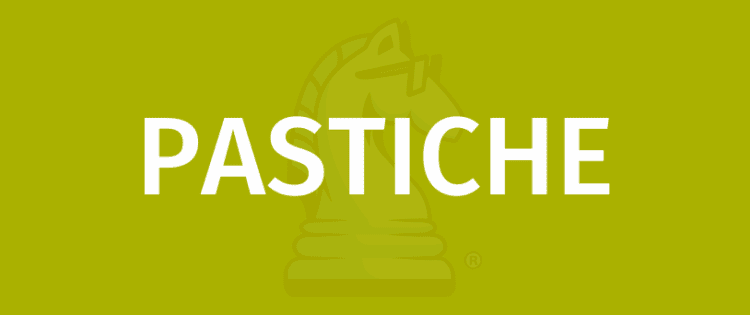
OBJECTIVE OF PASTICHE: The objective of Pastiche is to be the player with the most points when the game comes to an end.
NUMBER OF PLAYERS: 2 to 4 Players
MATERIALS: 1 Game Board, 1 Starting Player Marker, 4 Player Reference Cards, 1 Three-Hex Starting Piece, 54 Palette Hexes, 8 Wooden Easels, 131 Palette Cards, 34 Commission Cards, and Instructions
TYPE OF GAME: Open Drafting Board Game
AUDIENCE: Ages 10 and Up
OVERVIEW OF PASTICHE
In Pastiche, players attempt to score commissions on their paintings by mixing primary colors while moving across the board. Using the artwork of famous European artists, the players attempt to use the same colors in this challenging game, in order to sore their commission. Players will quickly become familiar with a variety of color combinations and palettes, producing those beautiful hues.
SETUP
To begin setup, place the starting piece in the middle of the playing area. The palette board is placed to the side of the playing area, allowing all players to access it easily. The cards are then stacked on their assigned space of the board. All of the hexes are placed face down on the other side of the playing area. After shuffling the commission cards, four of them should be dealt above the playing area, creating the gallery, with the other cards placed beside it.
The beginning player is randomly chosen by the group and given the Starting player card. All players should collect two commission cards, two easels, two hexes, one of each of the secondary palettes, and one reference card. The game is then ready to begin.
GAMEPLAY
Throughout the game, the players will take turns in clockwise order. During their turn, a player will complete three phases. These include the mixing phase, the painting phase, and the clean-up phase. Once they finish the clean-up phase, the next player may begin their turn.
During the mixing phase, the player will place a hex adjacent to one side of a hex in the middle of the playing area. Once they have placed it, they will collect palette cards by “mixing” their chosen color on the hex. Once they have collected their palettes, the player will then begin the painting phase by trading cards with the bank or other players, gaining them their chosen color.
After they have traded their cards, the clean-up phase begins. The player will discard any cards in their hands that they have to in order to maintain the eight-card hand maximum. This is only enforced at the conclusion of a turn. The player may then draw a new hex, replenishing their hand to include two hexes, and end their turn.
END OF GAME
The game comes to an end when a player has reached the predetermined number of points. In a four-player game, it is thirty-five points, forty points in a three-player game, and forty-five points in a two-player game. Once a player does this, the other players will take their turns, and then the game ends.
The players will tally their points from commission cards, palette cards, and bonuses. The player with the most points, wins the game!
- Game Review: I Got That Sh*t, the Trivia Drinking Game for Adults - July 10, 2025
- 20 CLASSIC OUTDOOR GAMES FOR KIDS - January 3, 2023
- 10 FUN VIRTUAL GAMES THAT ARE PERFECT FOR GROUPS - October 5, 2022